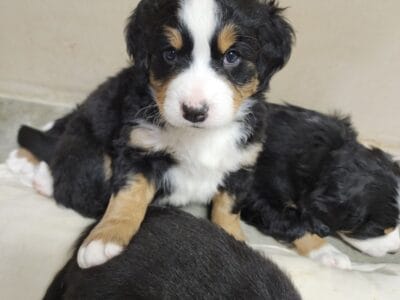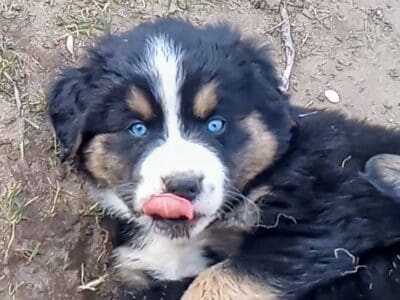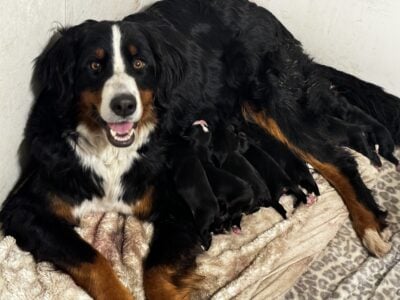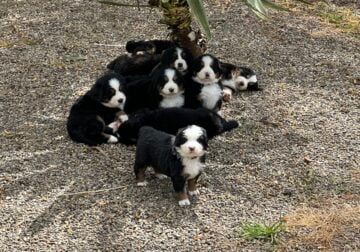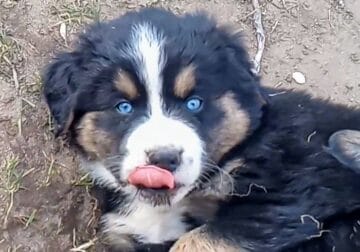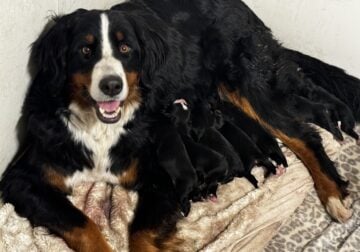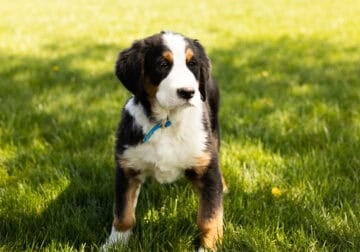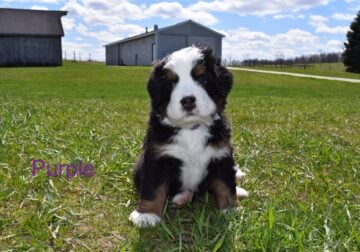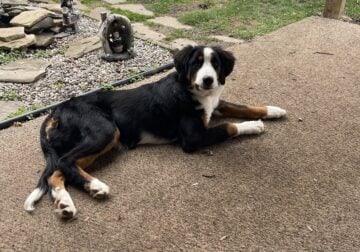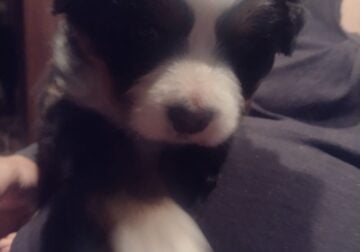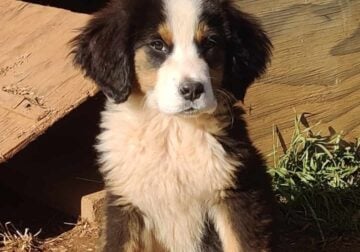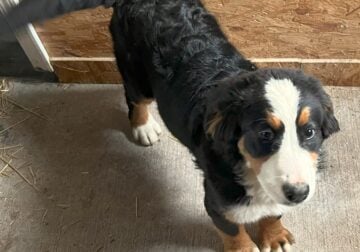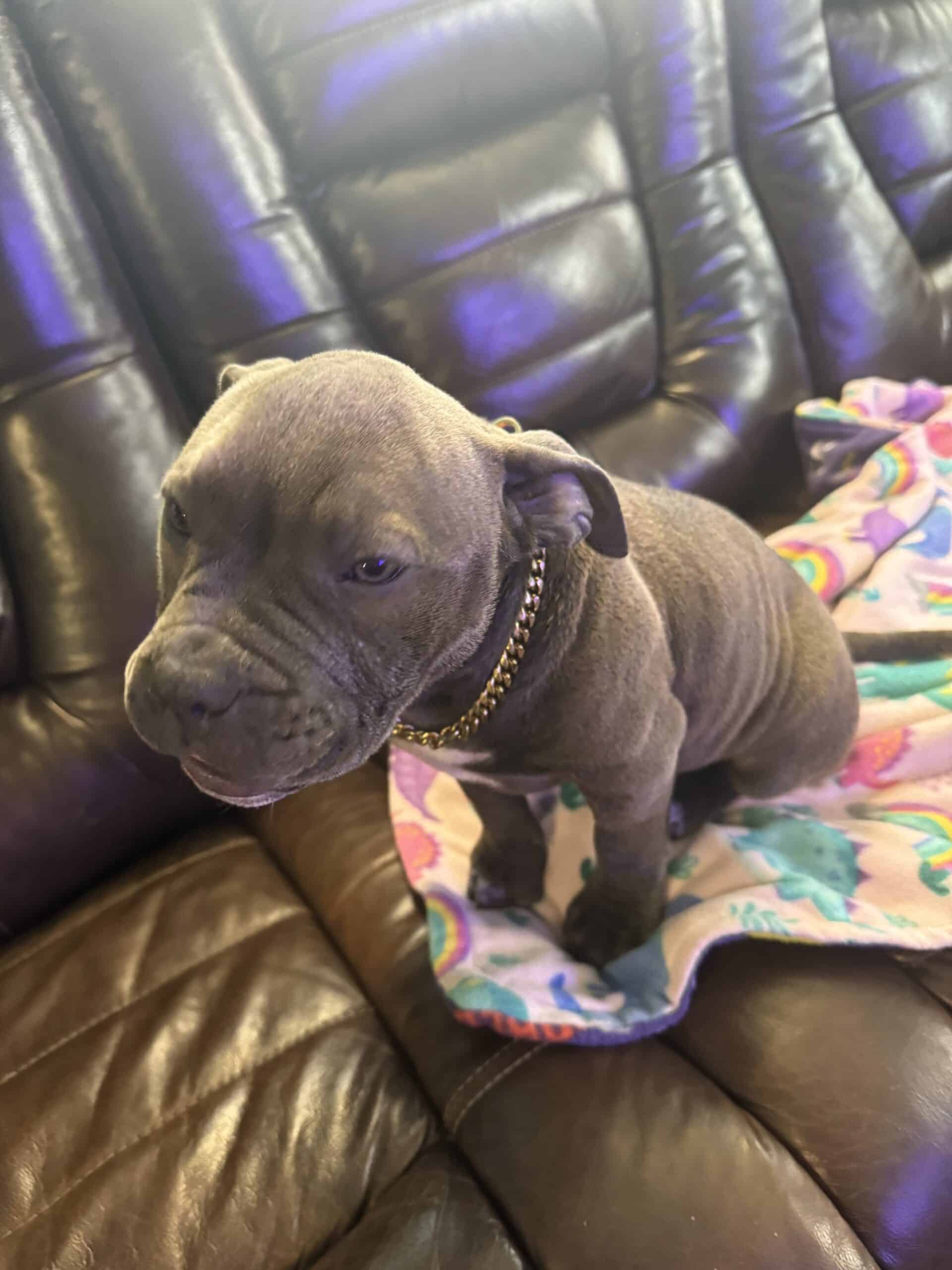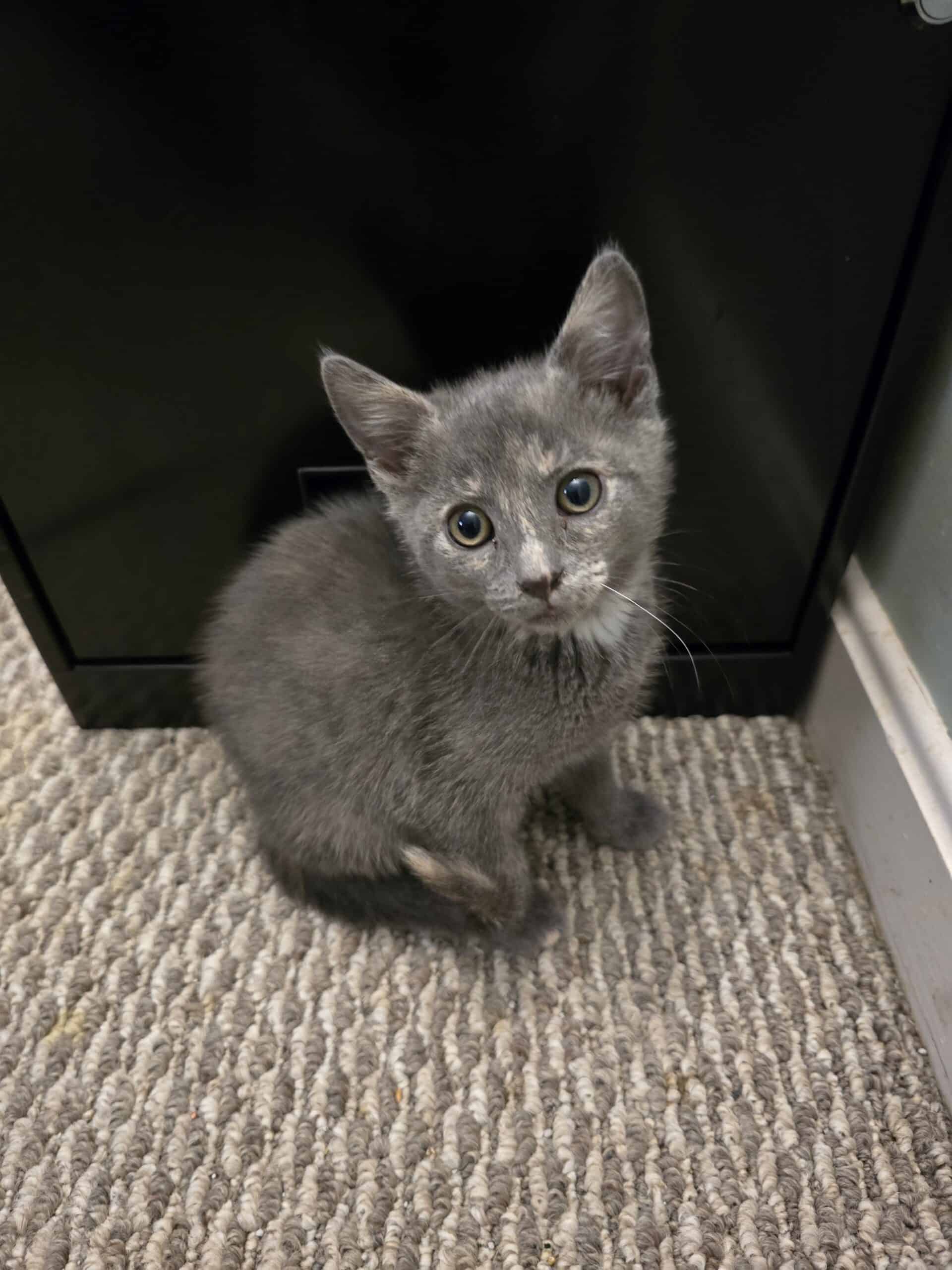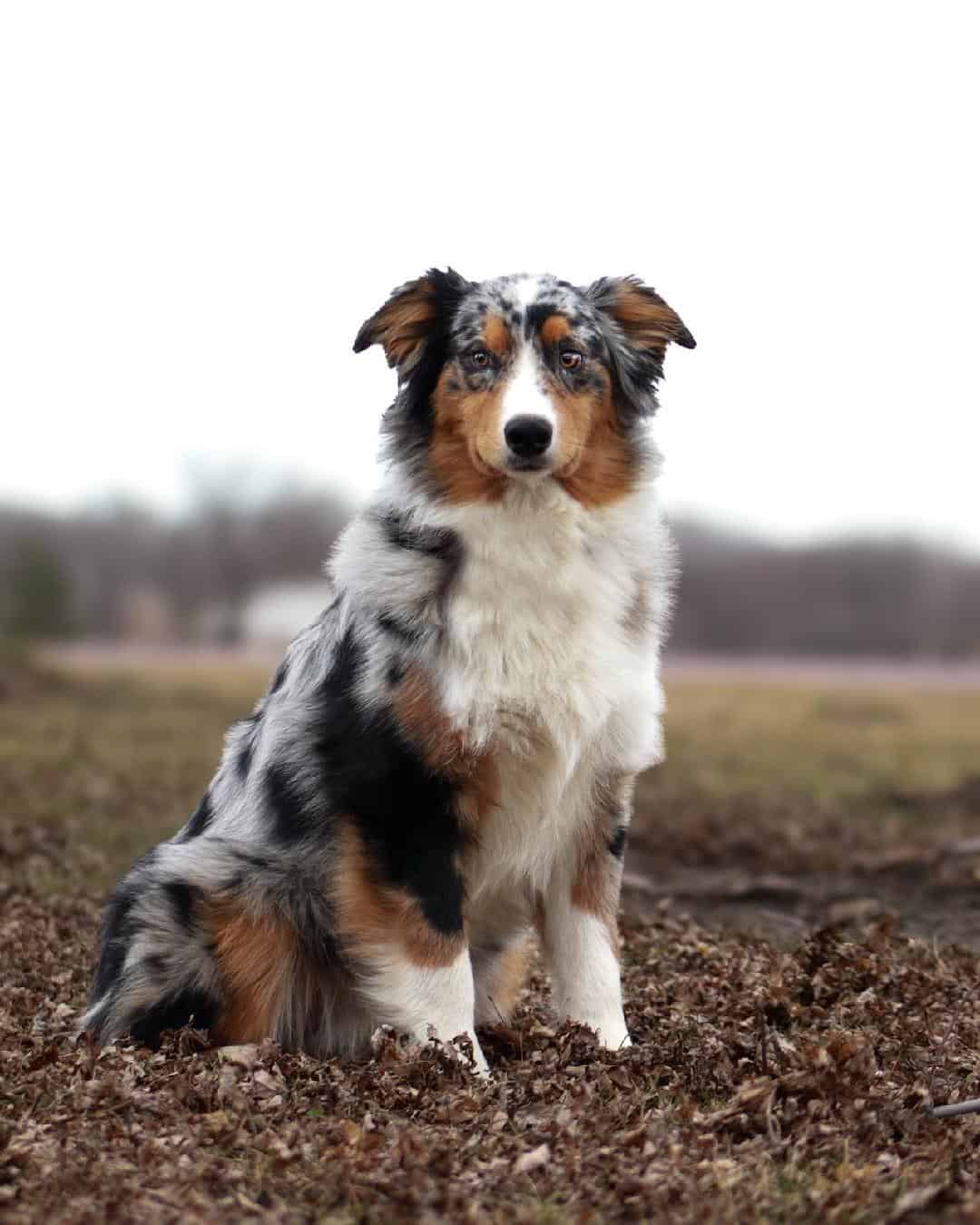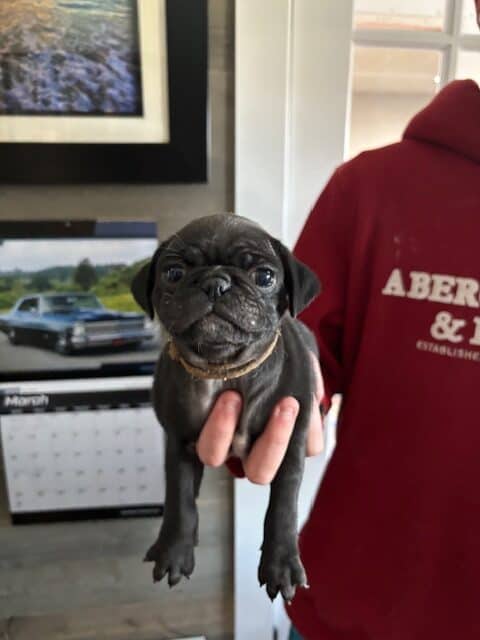Popular Filters:
Bernese Mountain Dog puppies for sale under $500
Bernese Mountain Dog Puppy for Sale: Beauty, Brains, and Brawn
Many dog lovers gravitate towards the Bernese Mountain Dog for sale, or Berner, because of its impressive size and beautiful appearance. Approaching the weight of a giant-sized dog, Berners are not only flashy but also loving and docile. Their moderate exercise requirements make them one of the few working dog breeds that can thrive indoors. Bernese Mountain Dogs are wary of strangers but get along well with children and other pets.
Overview of Bernese Mountain Dog for Sale
The Bernese Mountain Dog is one of the closely-related Mastiff-type Swiss mountain dogs. This group includes the following:
- Appenzeller Sennenhund – Appenzeller Mountain Dog
- Berner Sennenhund – Bernese Mountain Dog
- Entlebucher Sennenhund – Entlebucher Mountain Dog
- Grosser Schweizer Sennenhund – Greater Swiss Mountain Dog
The group is also called Sennenhund or Swiss cattle dogs. They are all tri-colored which separates them from a slightly more distant cousin, the St Bernard. Their ancestry is unclear, but they most resemble livestock guardian dogs in appearance and function. A few perform some herding in their native land. The Bernese Mountain Dog for sale mostly serves as a companion animal.
History
A prevailing theory of the Berner’s background is that Roman invaders brought the dog’s ancestors from Rome about 22 AD. Like the Rottweiler in Germany, the Bernese Mountain Dog of Bern (a canton or administrative region in Switzerland) drove cattle, guarded the farm, and pulled carts to market. Rather than just haul meat, however, Bernese Mountain Dogs also pulled produce and cheese. Also, like the Rottie, the Bernie faced near-extinction in the 1850s. However, it was replaced by more efficient working dogs rather than the railroad. Fanciers strove to preserve the breed in 1892 and redeveloped it into a striking show dog and loving pet by 1907. The US began importing Bernies in 1926, and the AKC accepted them by 1937.
Personality
Bernese Mountain Dogs are renowned for their devoted and loving nature. They are faithful and eager to please their owners. Although Bernies are affectionate with everyone in their families, they tend to favor one person over all others. Bernese Mountain Dogs are aloof but civil with strangers. However, they are docile and not prone to bite even when threatened. Socialization is paramount because Bernies can develop dramatic fear responses to unfamiliar people. Because of their background in herding, Bernese Mountain Dogs have a loud, persistent, and forceful bark that makes them excellent watchdogs. Bernese Mountain Dogs are gentle with children and other pets but need close supervision in the case that either is small.
Size
Male Berners are 25 to 28 inches tall at the shoulders and weigh 80 to 125 pounds. Females are 23 to 26 inches tall and weigh 65 to 110 pounds.
Appearance
A Bernie’s head is large but balanced. It is broad and flat across the top with high-set, medium-sized ears. The stop is moderate. The ears should be triangular with rounded tips and hang against the face except when the dog is alert. A Bernese Mountain Dog’s eyes are slightly oval with a gentle expression. The neck is medium in length and heavily muscled and flows into broad sloping shoulders. The chest is deep and expansive. Bernese Mountain Dogs have a broad back and level topline. Both the forequarters and hindquarters are sturdy with a lot of bone substance and only moderate angulation. The croup is the same width as the back and ends with a rounded rump and low-set tail. A Bernie’s tail hangs low without any kinks. It may curve upward when the dog is excited, but it should not curl over the back.
Coat
Bernese Mountain Dogs are distinct from their Swiss relatives with their moderately-long, silky coats. A Bernie also has a woolly undercoat that contributes to increased shedding in the fall and spring. The outer fur can be straight or slightly wavy, and the tail is bushy.
Colors
All Bernese Mountain Dogs are tri-colored. They have a black background with rust color points above the eyes, on each side of the front of the chest, under the tail, and on the cheeks and sides of the muzzle. White markings should include a band around the snout and a blaze down the face. Other areas of white are the paws and possibly the ankles, the chest, and the tip of the tail. A collar around the neck or white up the legs is severely penalized in the show ring.
Health
Unfortunately, a Bernese Mountain Dog puppy for sale will come with an exceedingly short life expectancy. The average lifespan for a Bernie is only six to eight years with a high incidence of cancer. Scientists have proven that Bernese Mountain Dogs along with Rottweilers and Golden Retrievers often have a mutation that predisposes them to develop cancer.
Care
Bernese Mountain Dogs have demanding grooming needs but moderate exercise requirements.
Feeding
Regardless of whether you feed your Bernie a raw, dry, canned, or mixed diet, high quality is the most important factor. Bernese Mountain Dogs require 1235 to 2100 calories as adults depending on their age, body conditioning, ideal weight, and activity levels. Working dogs need 50% to 100% more calories than moderately active pets while seniors require 20% to 33% fewer. Puppies need two to three times the fuel of an adult according to their weight. Your veterinarian will make additional recommendations based on your pup’s body condition, activity levels, and the stage in her growth cycle.
Exercise
Bernese Mountain Dogs have moderate exercise needs of 30 to 45 minutes a day. You can dedicate a small portion to high-intensity activities, but Bernies are happy with sustained moderate exercises such as long walks. Although Bernies look like lumbering beasts, they can be as fast and athletic as you allow them to be. If you condition and train your dog, she can excel at agility, herding trials, hiking, obedience competitions, or hauling. You should take it slow when it comes to exercising your Bernie as a puppy. You can protect your dog’s growth plates by limiting his exercise to spontaneous play.
Grooming
You should brush your Berner’s coat three times weekly. During the heavy shedding periods, you will have to increase your brushing to every day. Bernies have a natural sheen to their fur, so experts recommend more frequent baths than other breeds. Use an exceptionally mild shampoo every four to six weeks. As the BMD is a double-coated breed, you should never shave it. By maintaining your dog’s undercoat, you can ensure your dog is as comfortable as possible in the summer or winter. Nevertheless, your pet’s size and conformation warrant caution in hot and humid conditions. Berners are vulnerable to heatstroke. Clip your dog’s nails every four to eight weeks. Other tasks you need to perform regularly are wiping your dog’s face and checking her ears for infections.
Training
Berners are smart and willing to please. They are easy to train if you begin early. However, they are extremely sensitive, and using a raised voice can set back training by weeks. Your training should be consistent, but you must also keep the sessions short. Berners have an uncanny ability to learn from positive or negative experiences from their past. Their working intelligence and obedience are above average, ranking in the top 30 out of almost 140 dog breeds.
Bernese Mountain Dog Puppies for Sale Near Me
Bernese Mountain Puppies for sale take more than a year to achieve the size and luxurious coats of their parents. When you visit puppies in your area you should have two main priorities above all others.
- Make sure the pups appear healthy – no evidence of vomiting, diarrhea, or weight loss and no discharge from the eyes or nose
- The parents have been screened for as many genetic problems as possible – certified evaluations of hips, elbows, heart, and eyes; DNA test for von Willebrand’s disease
A general inspection should include an evaluation of the cleanliness of the environment. Ask to see either of the parents to judge how they behave around you. Finally, pick a puppy that seems stable in temperament. Avoid shy and retiring puppies as well as pushy bullies.


